Home>Technology>Smart Home Devices>How Is Laser Printer Resolution Measured
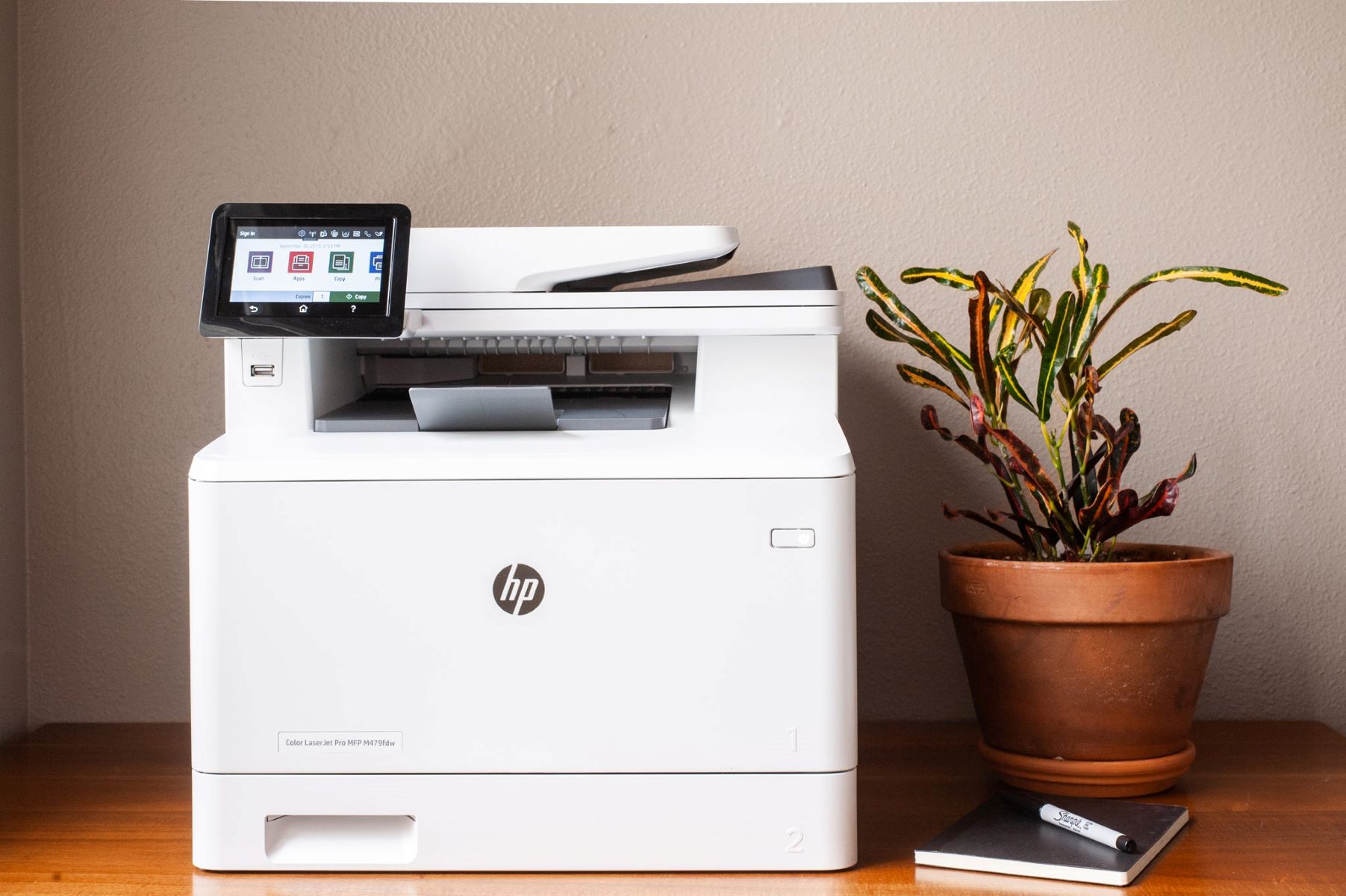

Smart Home Devices
How Is Laser Printer Resolution Measured
Published: January 22, 2024
Learn how laser printer resolution is measured and why it matters for smart home devices. Find out how to choose the best resolution for your printing needs.
(Many of the links in this article redirect to a specific reviewed product. Your purchase of these products through affiliate links helps to generate commission for Storables.com, at no extra cost. Learn more)
**
Introduction
**
Welcome to the world of laser printers, where precision meets innovation to produce high-quality prints with remarkable clarity. In this digital era, laser printers have become indispensable tools for homes, offices, and businesses, offering efficient and reliable printing solutions. As we delve into the fascinating realm of laser printer resolution, we will unravel the intricacies of how these devices achieve stunning output and the factors that influence their performance.
Laser printers are renowned for their ability to deliver sharp text and graphics, making them a preferred choice for producing professional documents, marketing materials, and vibrant images. Understanding how laser printer resolution is measured and the key elements that contribute to its quality is essential for making informed decisions when selecting a printer that aligns with specific printing needs.
Join us on this enlightening journey as we explore the fascinating world of laser printer resolution, demystifying the technical aspects while appreciating the artistry behind precision printing. Whether you are a seasoned printing enthusiast or a curious newcomer, this exploration promises to unveil the intriguing mechanisms that underpin the remarkable clarity and detail offered by laser printers.
So, fasten your seatbelts as we embark on a captivating exploration of laser printer resolution, delving into the very heart of these sophisticated devices to uncover the secrets behind their unparalleled precision and image fidelity.
**
Key Takeaways:
- Laser printer resolution, measured in DPI, determines print quality. Factors like toner particle size, fusing technology, and paper quality influence resolution and image fidelity.
- Understanding printer resolution helps in selecting high-quality laser printers. Factors like DPI, toner particle size, and fusing technology contribute to sharp, detailed prints.
Read more: How Is Printer Resolution Measured?
Understanding Printer Resolution
**
Printer resolution refers to the level of detail a printer can reproduce in an image or document, typically measured in dots per inch (DPI). In the context of laser printers, resolution plays a pivotal role in determining the sharpness, clarity, and overall quality of printed output. The higher the resolution, the finer the details that can be reproduced, resulting in crisper text and more intricate graphics.
When discussing printer resolution, it’s important to differentiate between two key aspects: optical resolution and interpolated resolution. Optical resolution pertains to the actual hardware capability of the printer to render details, while interpolated resolution involves software-enhanced techniques to extrapolate additional detail beyond the hardware’s native capabilities.
For laser printers, achieving high resolution involves precise control of the laser beam and toner deposition to faithfully reproduce the digital image on paper. The intricate interplay between the laser, toner, and paper is orchestrated to create a seamless fusion of text and graphics, culminating in visually striking prints that capture the essence of the original digital content.
Understanding printer resolution is essential for discerning the nuances that distinguish average prints from exceptional ones. As we delve deeper into the mechanisms governing laser printer resolution, we will unravel the technical wizardry that empowers these devices to transform digital data into tangible, high-fidelity reproductions.
**
Measuring Laser Printer Resolution
**
Measuring the resolution of a laser printer involves assessing its ability to render fine details and produce sharp, well-defined output. The primary metric used for quantifying printer resolution is dots per inch (DPI), which denotes the number of individual dots a printer can place within a one-inch square. A higher DPI value signifies greater detail and smoother gradations, resulting in superior image fidelity.
When evaluating laser printer resolution, it’s crucial to consider both the horizontal and vertical DPI measurements. These values collectively determine the overall quality of prints, ensuring that text remains crisp and images exhibit exceptional clarity. By meticulously controlling the placement and intensity of toner particles, laser printers achieve remarkable precision, faithfully replicating digital content on various media types with unparalleled sharpness.
Furthermore, understanding the concept of effective resolution is essential for comprehending the nuanced intricacies of laser printer output. Effective resolution takes into account the interplay between hardware capabilities, software algorithms, and the type of content being printed. This holistic perspective provides a more comprehensive understanding of a printer’s ability to faithfully reproduce intricate details and subtle nuances in diverse types of content.
Measuring laser printer resolution extends beyond mere numerical values, encompassing the qualitative aspects of print output. Factors such as toner particle size, fusing technology, and the precision of the laser scanning mechanism contribute to the overall resolution capabilities of a laser printer. By meticulously analyzing these elements, printer manufacturers continually refine their technologies to push the boundaries of resolution, delivering prints that rival the clarity and detail of the original digital content.
As we unravel the intricate web of laser printer resolution, we gain a profound appreciation for the meticulous engineering and advanced technologies that converge to create prints with breathtaking precision and fidelity.
**
Laser printer resolution is measured in dots per inch (DPI), which indicates the number of individual dots a printer can produce in a one-inch line. The higher the DPI, the sharper and more detailed the print quality will be.
Factors Affecting Laser Printer Resolution
**
Several key factors significantly influence the resolution capabilities of laser printers, ultimately shaping the quality and fidelity of printed output. Understanding these influential elements is crucial for comprehending the nuances that distinguish exceptional prints from average ones. Let’s explore the pivotal factors that play a defining role in laser printer resolution:
- Toner Particle Size: The size and uniformity of toner particles directly impact a printer’s ability to render fine details and produce smooth gradients. Smaller, consistent toner particles enable laser printers to achieve higher resolution, resulting in sharper text and more intricate graphics.
- Fusing Technology: The fusing process, which bonds the toner to the paper, significantly affects the final print quality. Advanced fusing technologies ensure precise toner adhesion, preserving the integrity of fine details and enhancing overall resolution.
- Laser Scanning Precision: The accuracy and precision of the laser scanning mechanism directly influence a printer’s ability to faithfully reproduce digital content. By meticulously controlling the laser beam, printers can achieve exceptional resolution and image clarity.
- Print Media Quality: The type and quality of paper used in laser printing play a crucial role in determining the final output’s resolution. Smooth, high-quality paper facilitates precise toner deposition, resulting in sharper, more detailed prints.
- Image Processing Algorithms: Advanced image processing algorithms enhance a printer’s ability to interpolate additional detail, augmenting its native resolution capabilities. These sophisticated algorithms contribute to achieving superior image fidelity and finer print details.
- Hardware Integration: The seamless integration of hardware components, including the toner cartridge, imaging drum, and laser assembly, collectively determines a printer’s resolution capabilities. Meticulous engineering and precise calibration ensure optimal performance and exceptional print quality.
By meticulously optimizing these influential factors, laser printer manufacturers continually elevate the resolution capabilities of their devices, setting new benchmarks for precision and image fidelity. The harmonious convergence of cutting-edge technologies and meticulous engineering culminates in laser printers that effortlessly transform digital content into visually stunning, high-fidelity prints.
As we unravel the multifaceted elements that shape laser printer resolution, we gain a profound appreciation for the intricate interplay of technology and engineering that empowers these devices to deliver exceptional print quality.
**
Conclusion
**
Embarking on this enlightening exploration of laser printer resolution has unveiled the remarkable intricacies and influential factors that define the quality and fidelity of printed output. From understanding the fundamental principles of printer resolution to delving into the nuanced mechanisms that underpin laser printer capabilities, we have gained a profound appreciation for the artistry and precision that characterize these sophisticated devices.
Laser printer resolution, quantified in dots per inch (DPI), serves as a testament to the meticulous engineering and advanced technologies that converge to deliver prints with unparalleled clarity, sharpness, and detail. The interplay of toner particle size, fusing technology, laser scanning precision, and image processing algorithms collectively shapes a printer’s ability to faithfully reproduce digital content, resulting in visually striking prints that capture the essence of the original material.
As we reflect on the multifaceted factors influencing laser printer resolution, it becomes evident that the pursuit of exceptional print quality is a harmonious blend of cutting-edge innovation, precise engineering, and an unwavering commitment to pushing the boundaries of resolution capabilities. The seamless integration of hardware components, coupled with advanced image processing algorithms, culminates in laser printers that effortlessly transform digital data into tangible, high-fidelity reproductions.
In the ever-evolving landscape of printing technology, laser printers stand as paragons of precision and image fidelity, offering a compelling testament to the relentless pursuit of exceptional print quality. By unraveling the intricate web of laser printer resolution, we have gained a profound appreciation for the meticulous artistry and technical prowess that empower these devices to consistently deliver stunning prints that rival the original digital content.
As we conclude this captivating exploration, let us carry forward a newfound understanding of laser printer resolution, celebrating the remarkable fusion of art and technology that elevates printed output to unprecedented levels of clarity, precision, and visual appeal.
Frequently Asked Questions about How Is Laser Printer Resolution Measured
Was this page helpful?
At Storables.com, we guarantee accurate and reliable information. Our content, validated by Expert Board Contributors, is crafted following stringent Editorial Policies. We're committed to providing you with well-researched, expert-backed insights for all your informational needs.
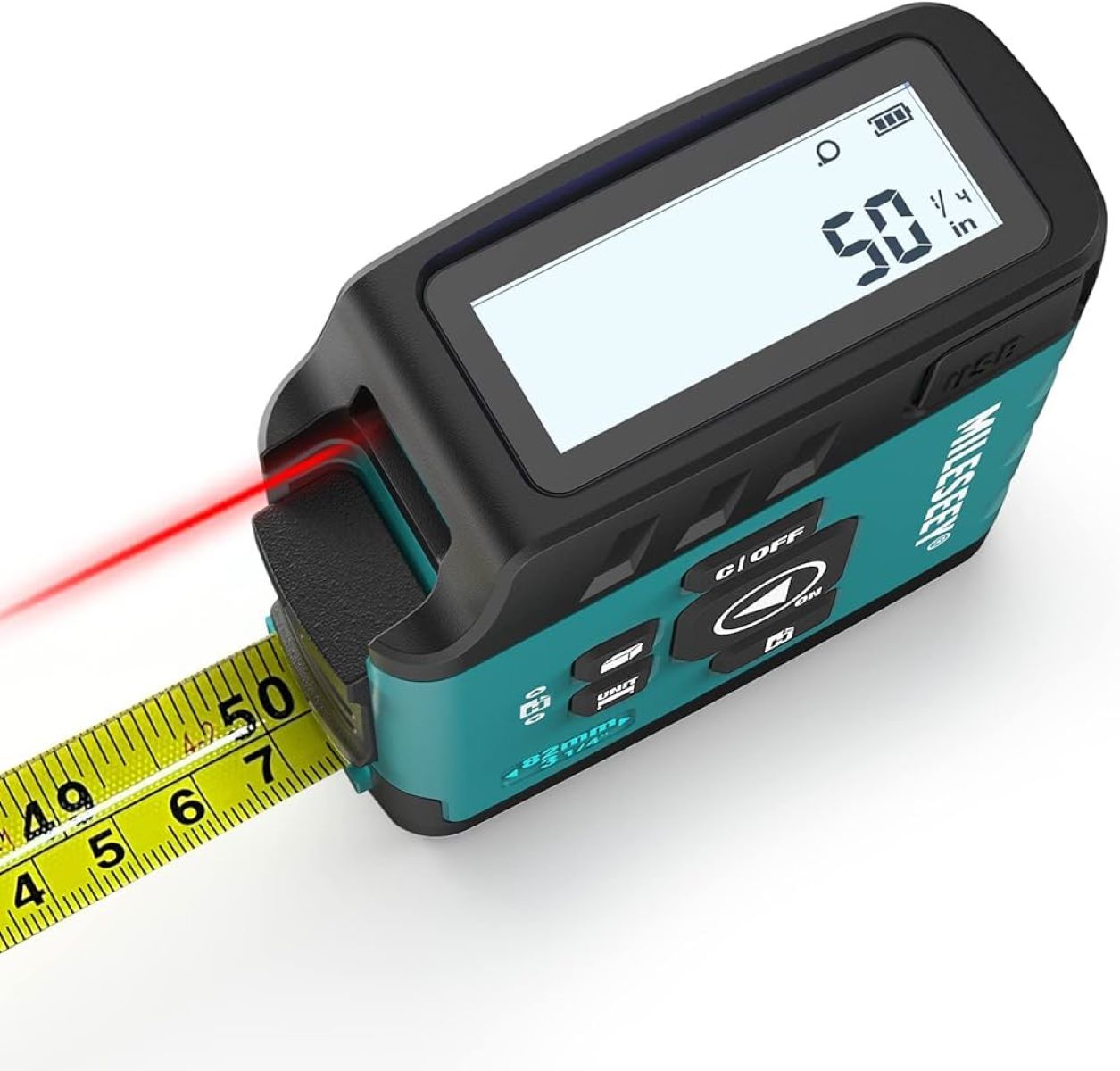

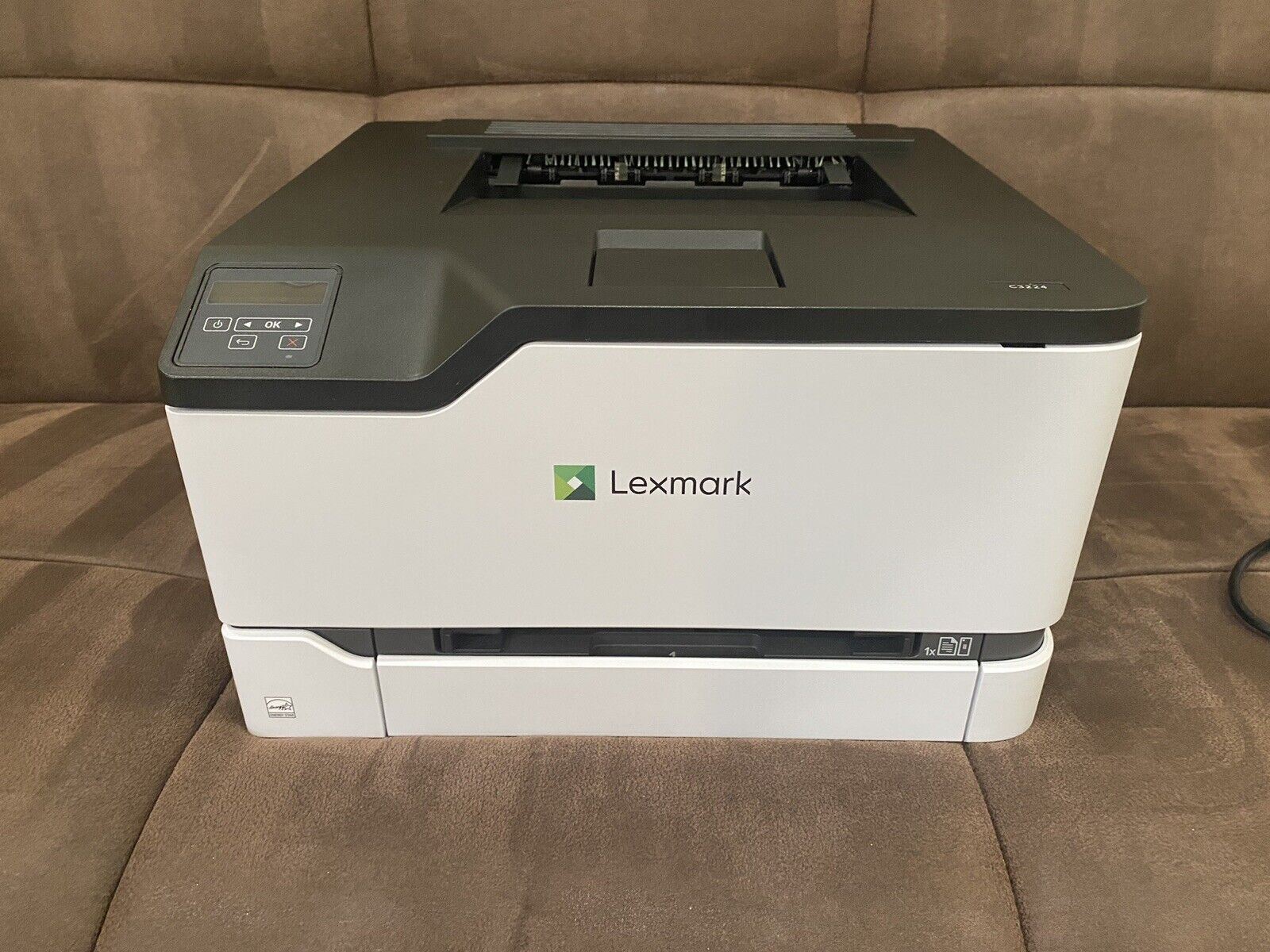
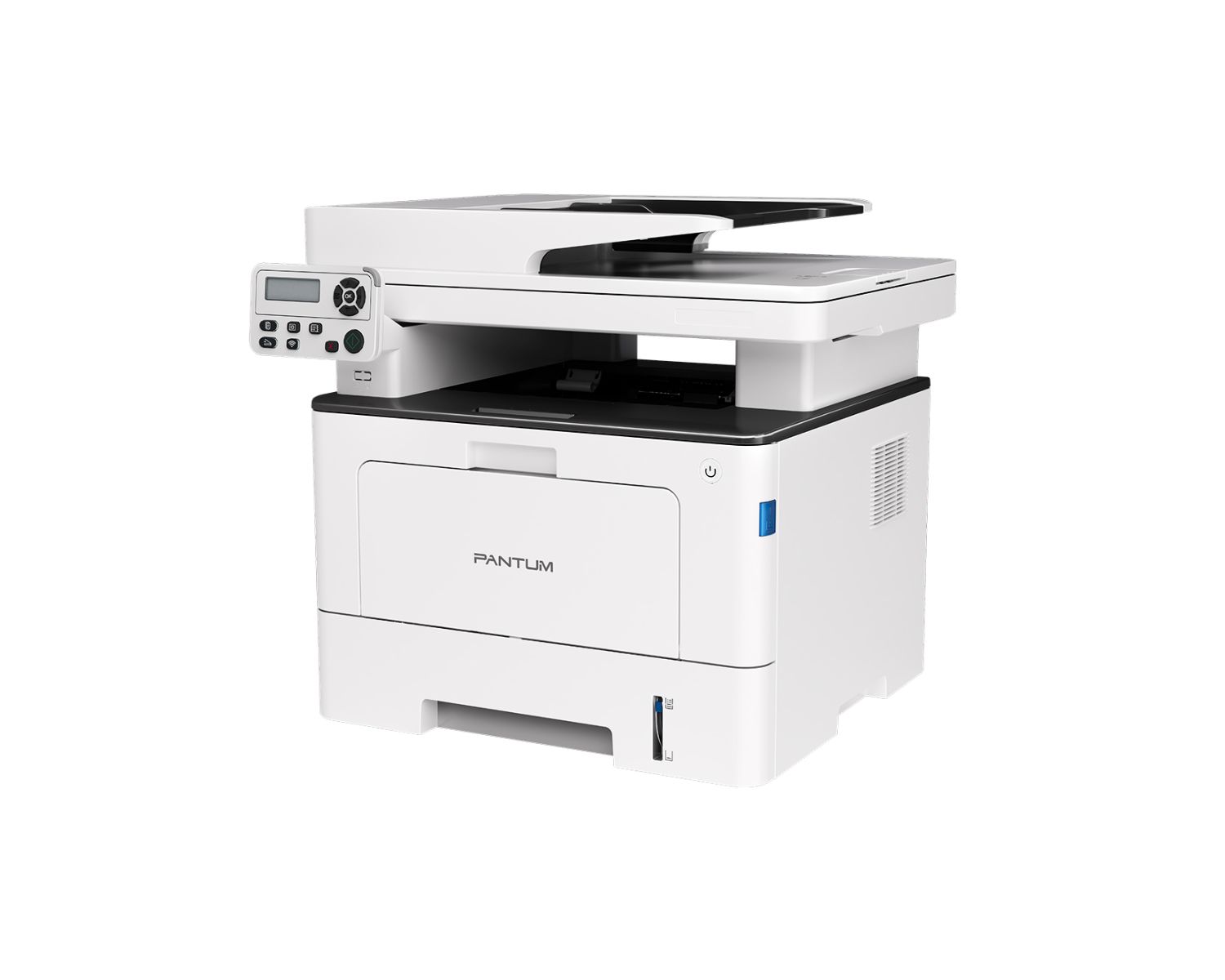
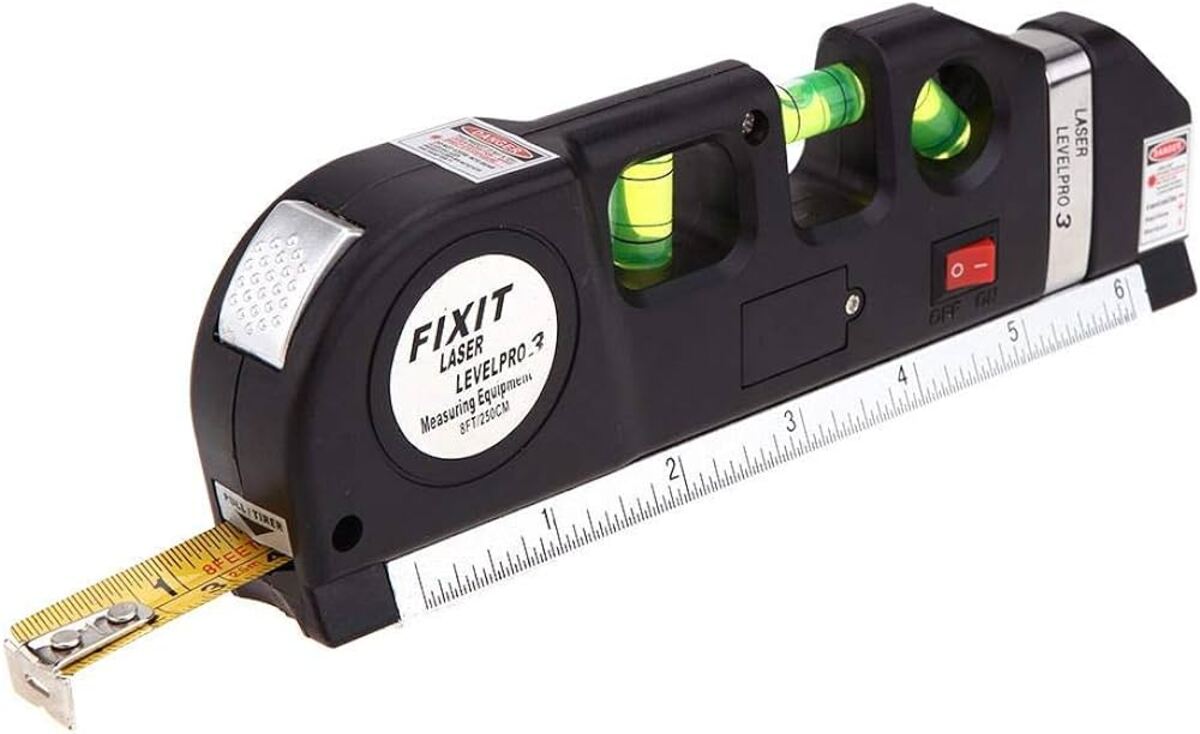

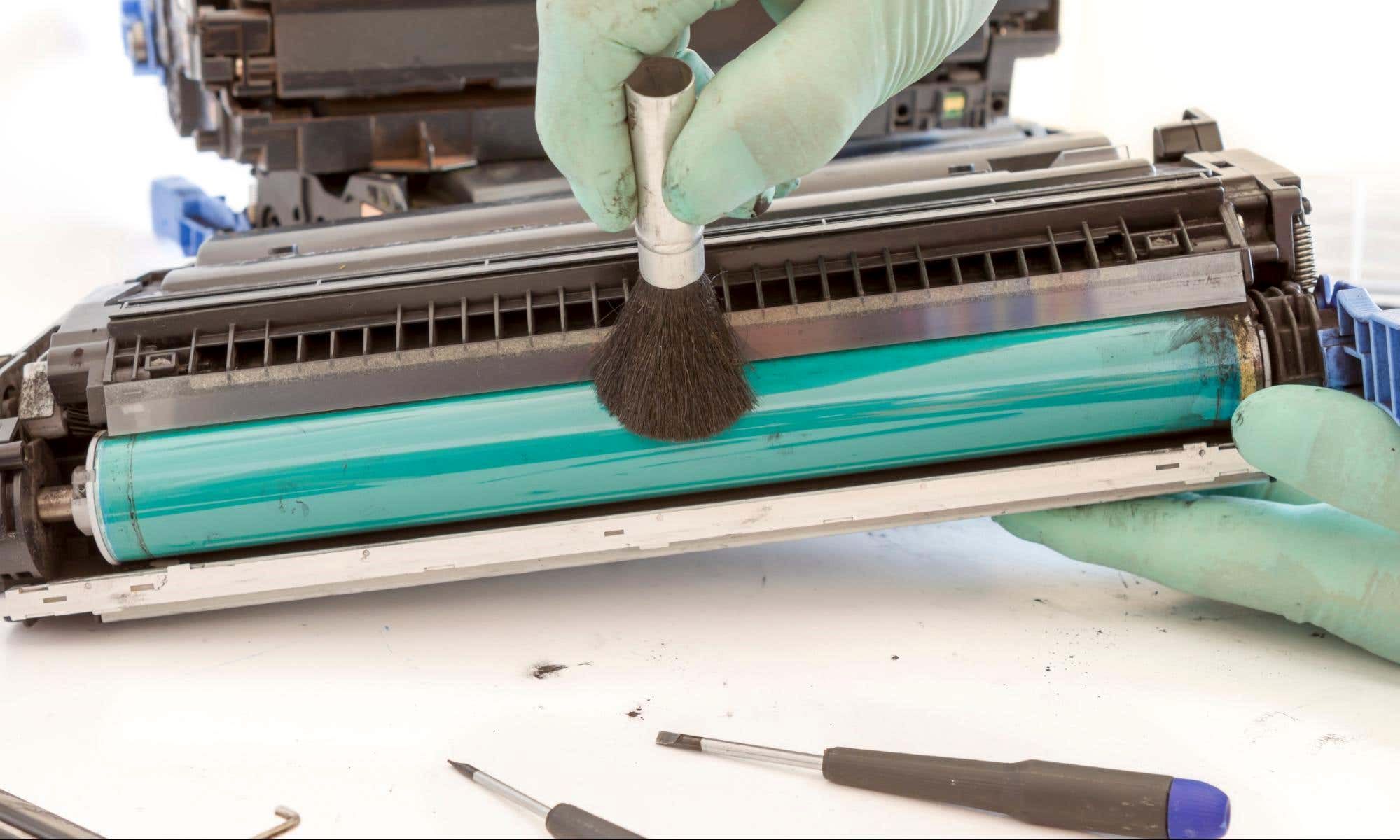
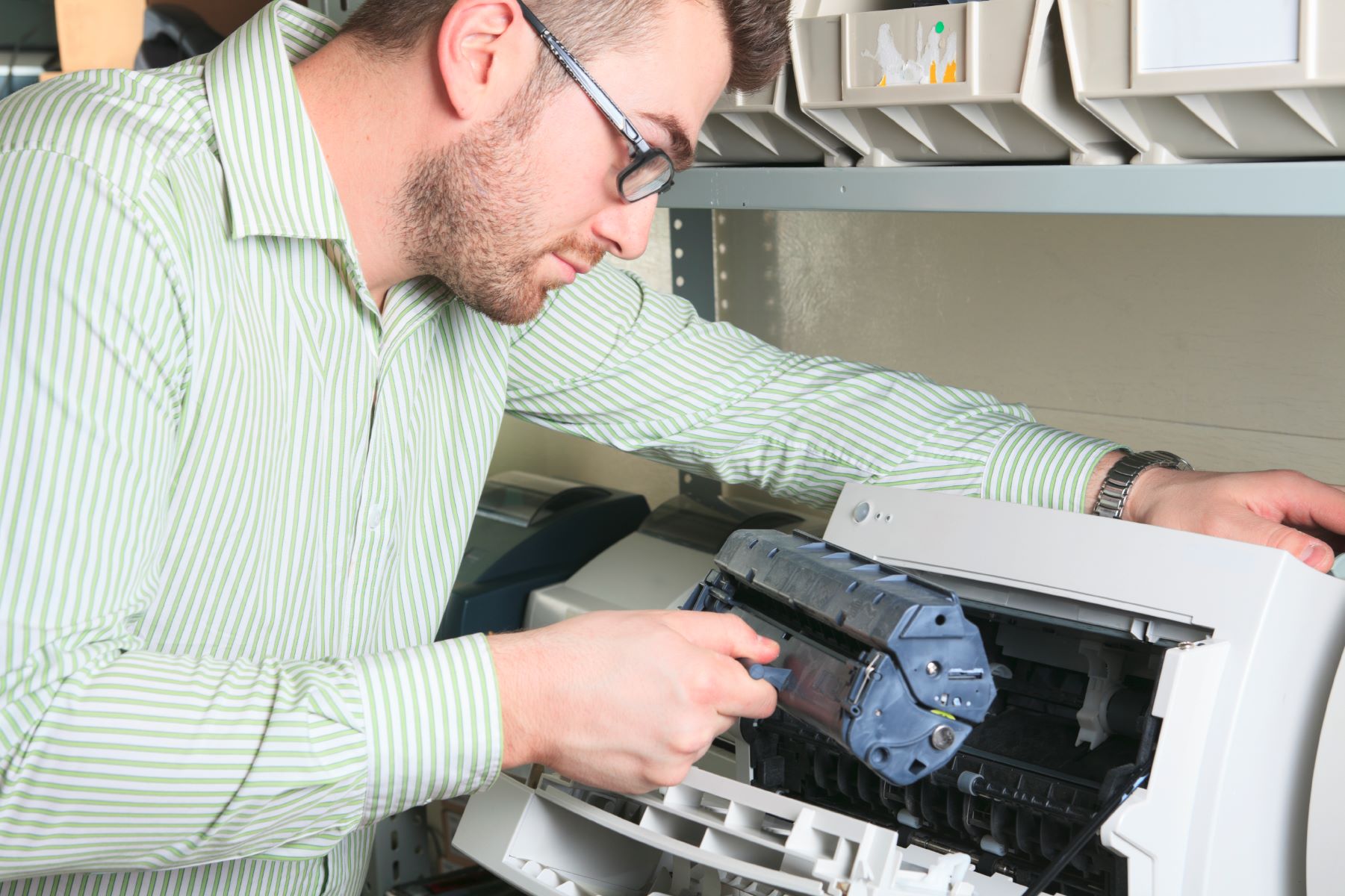
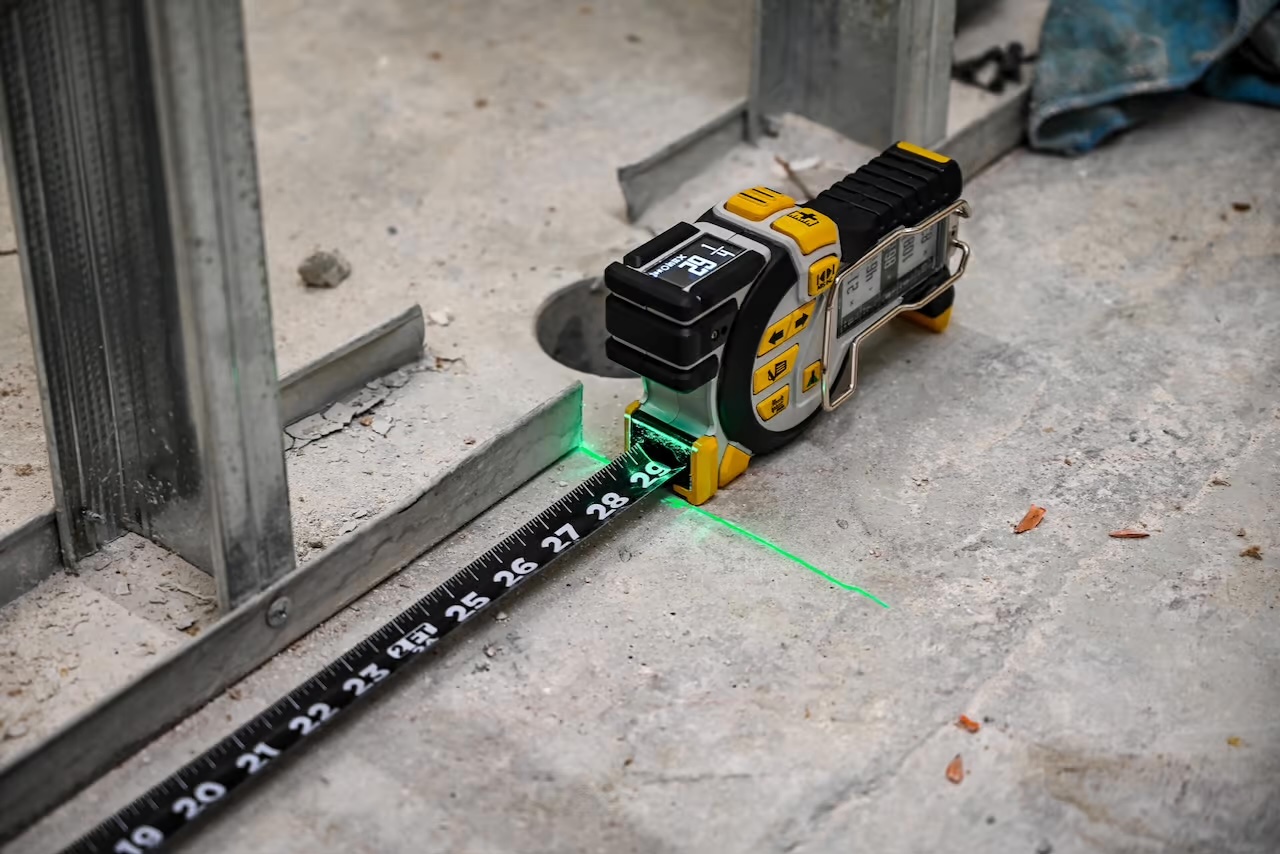
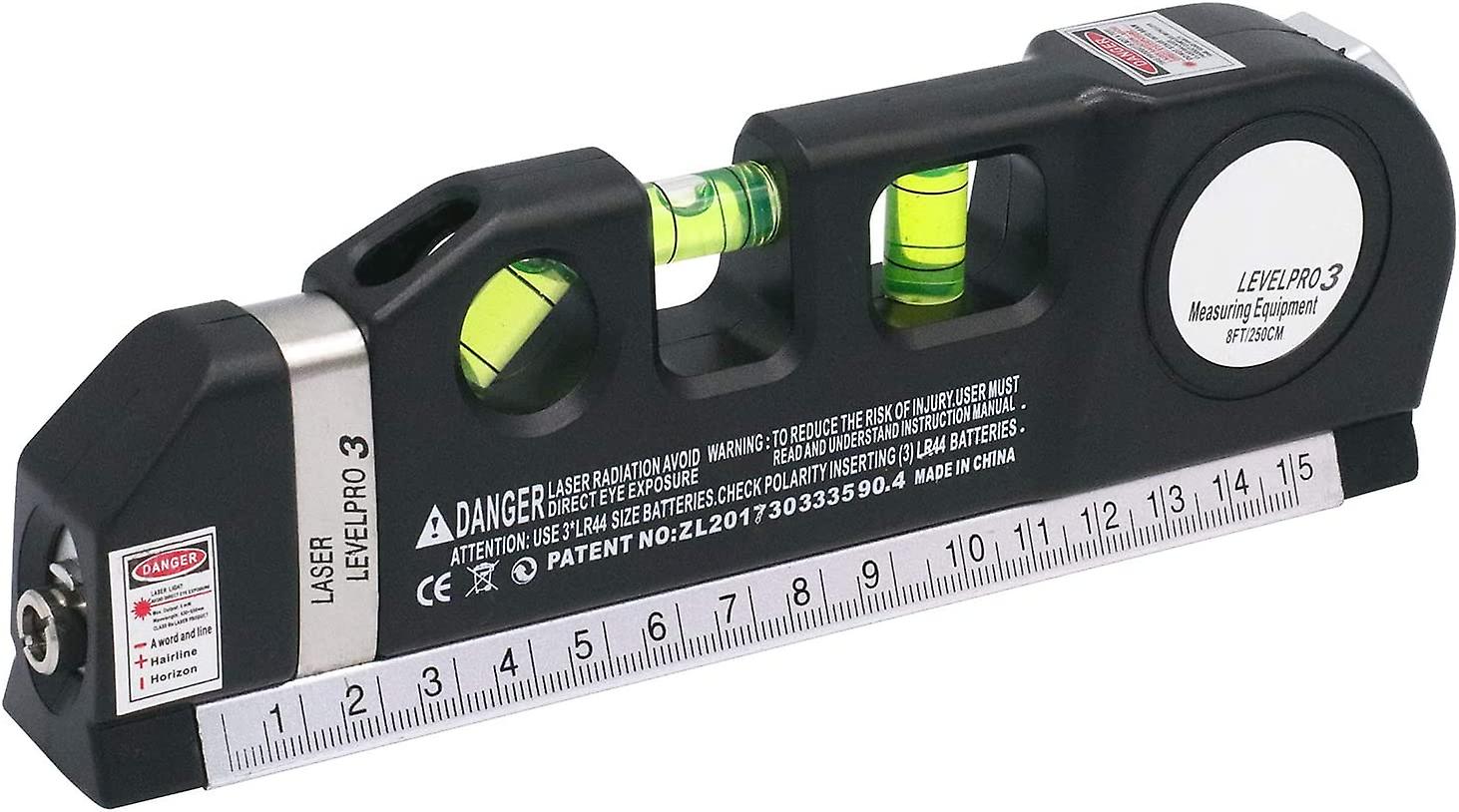
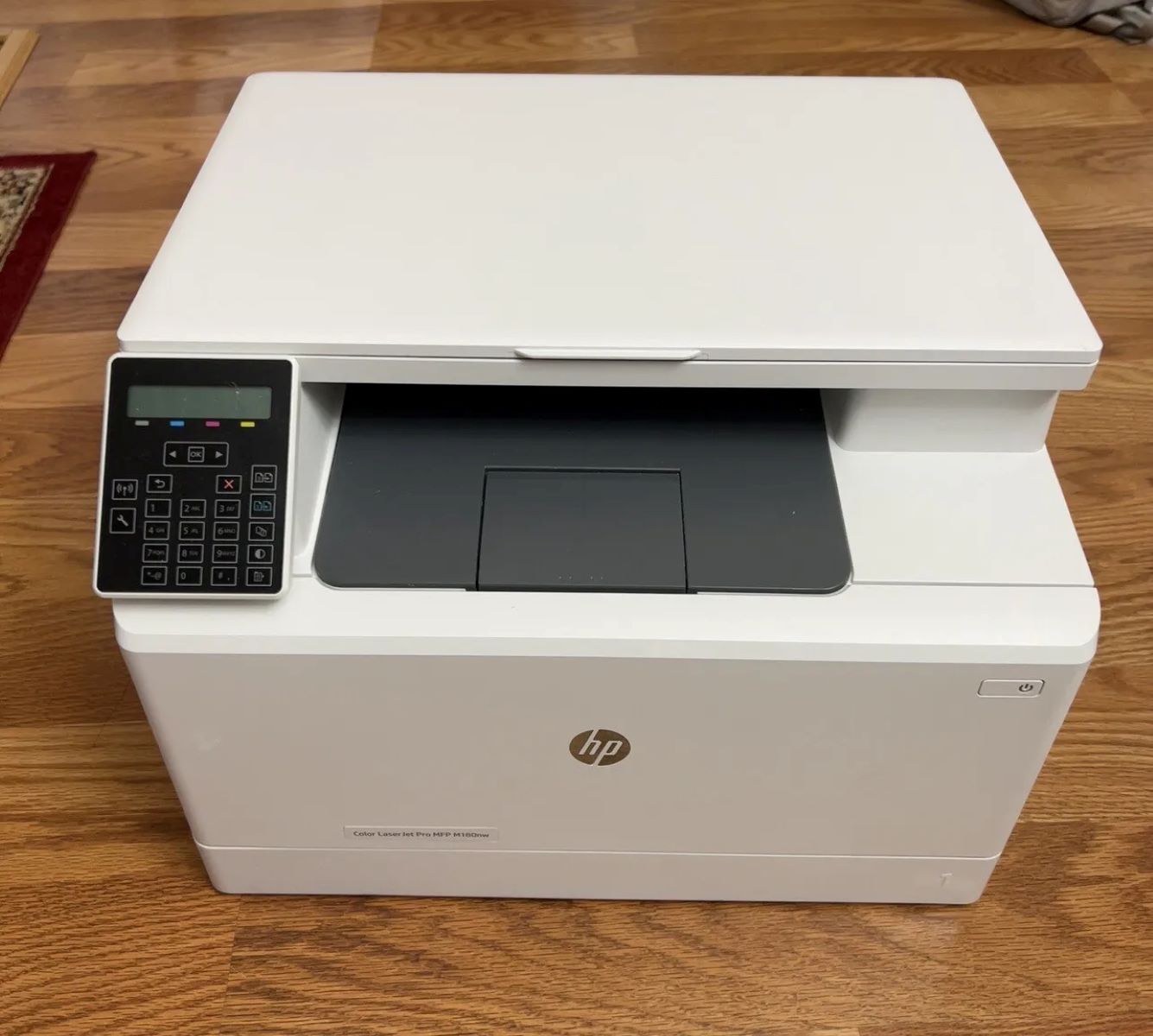
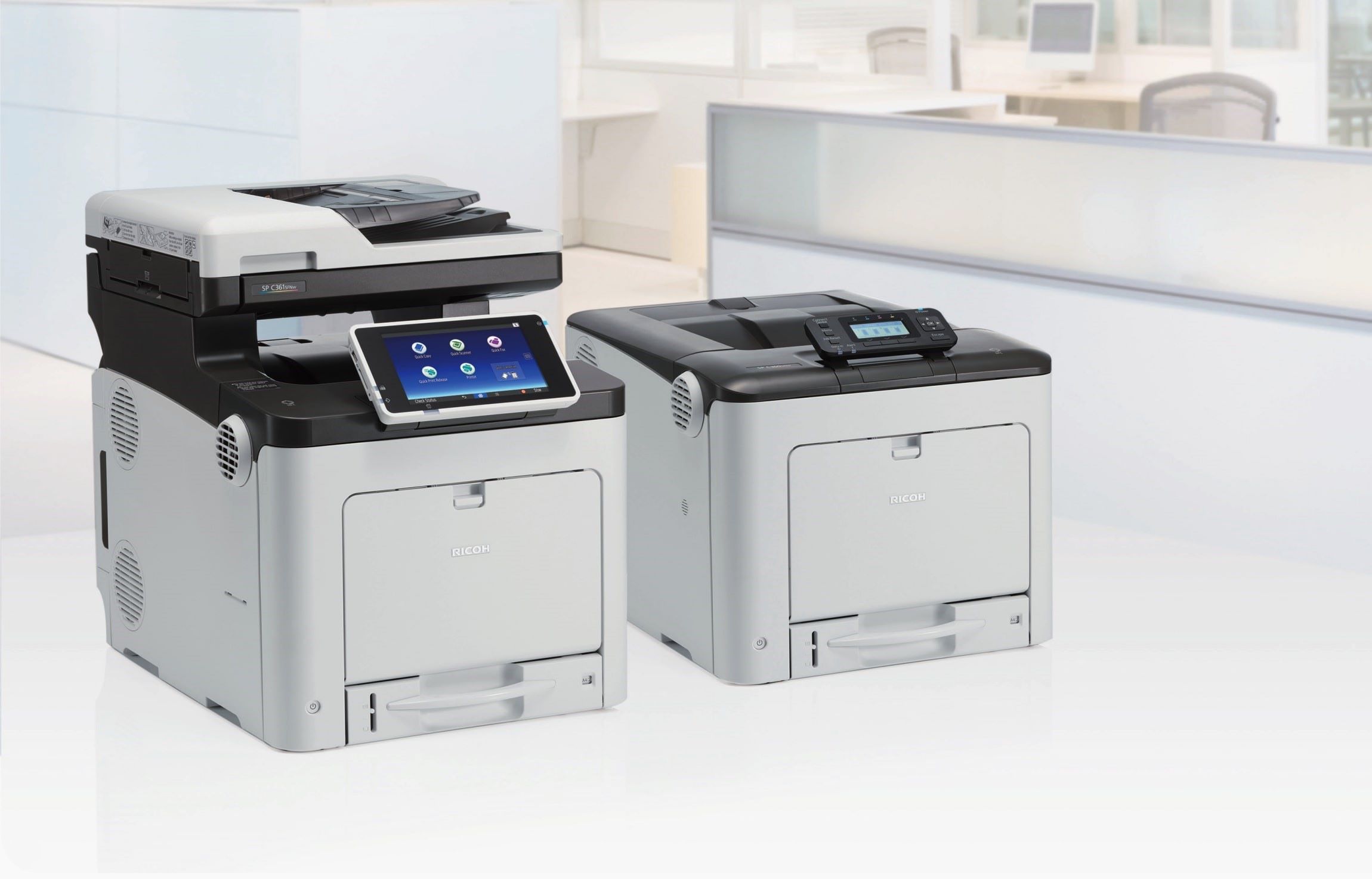
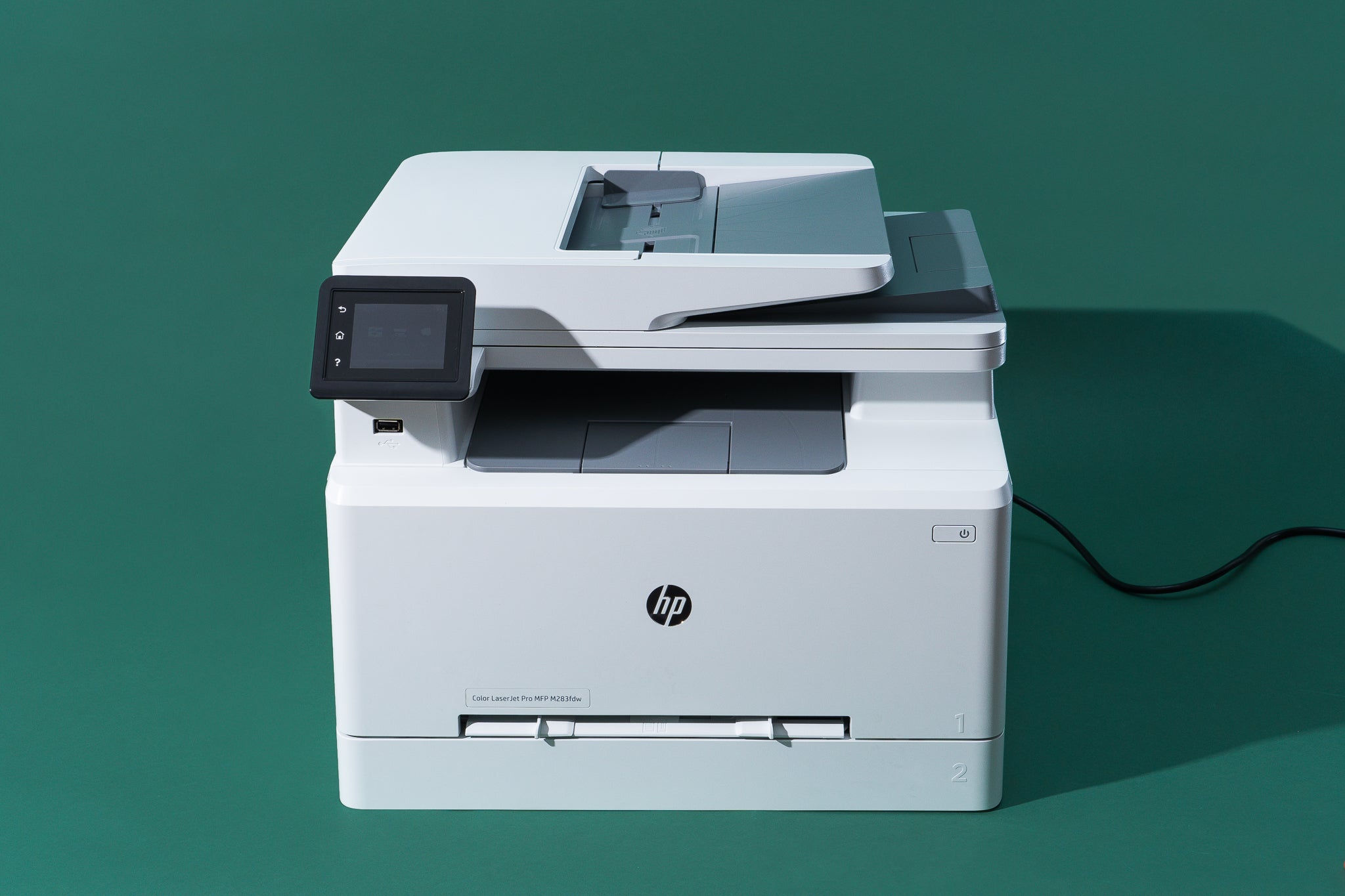
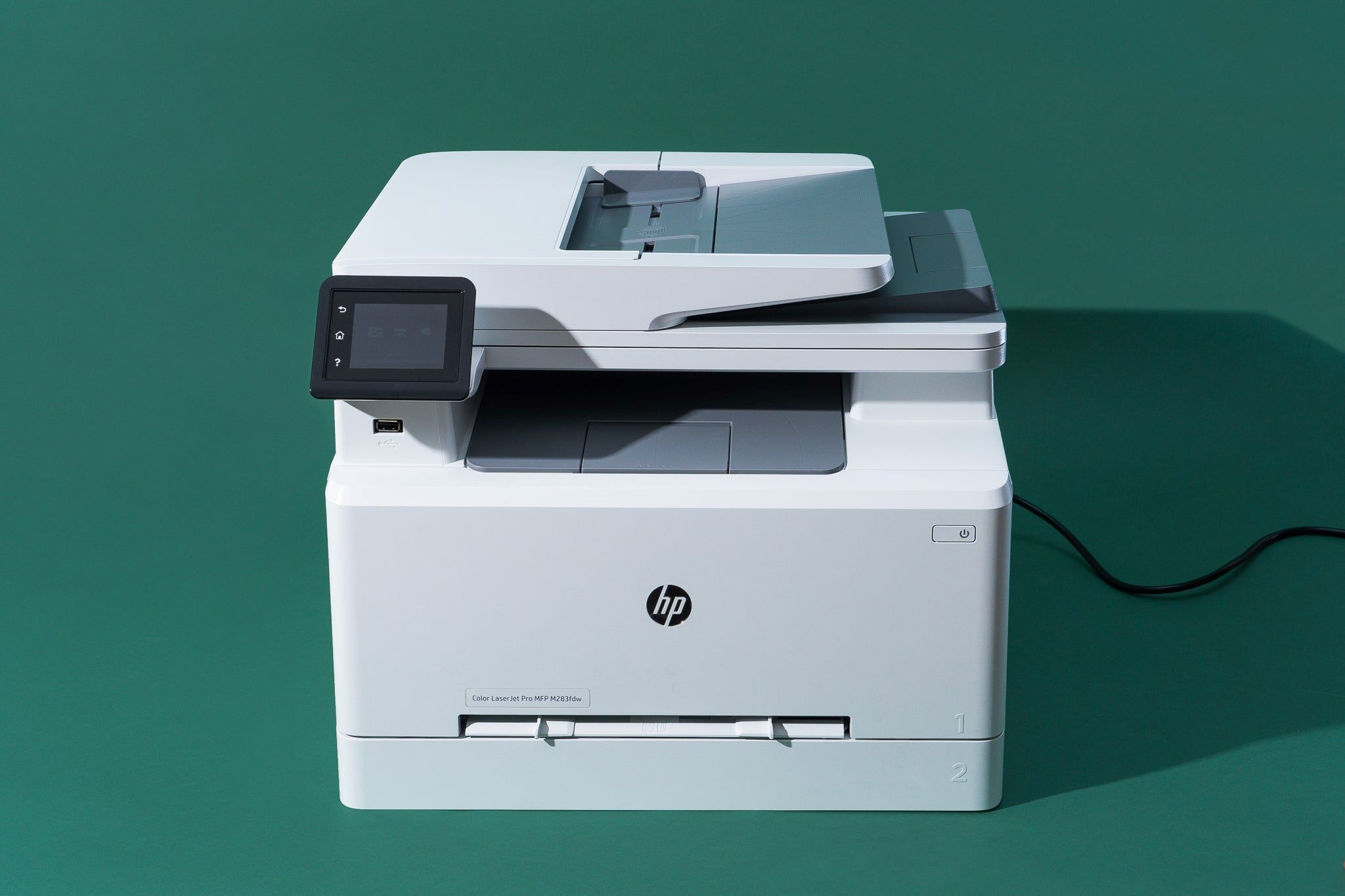
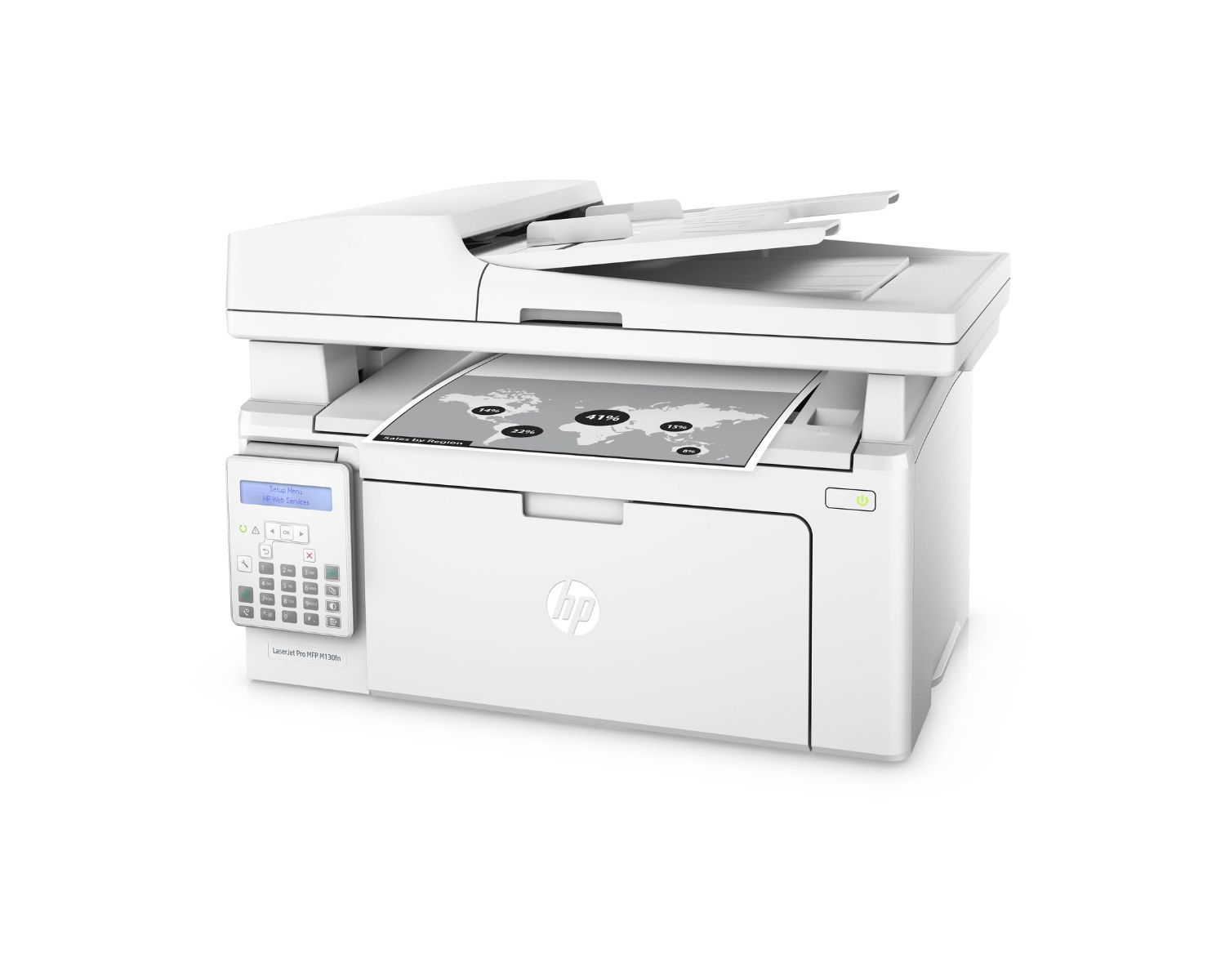

0 thoughts on “How Is Laser Printer Resolution Measured”